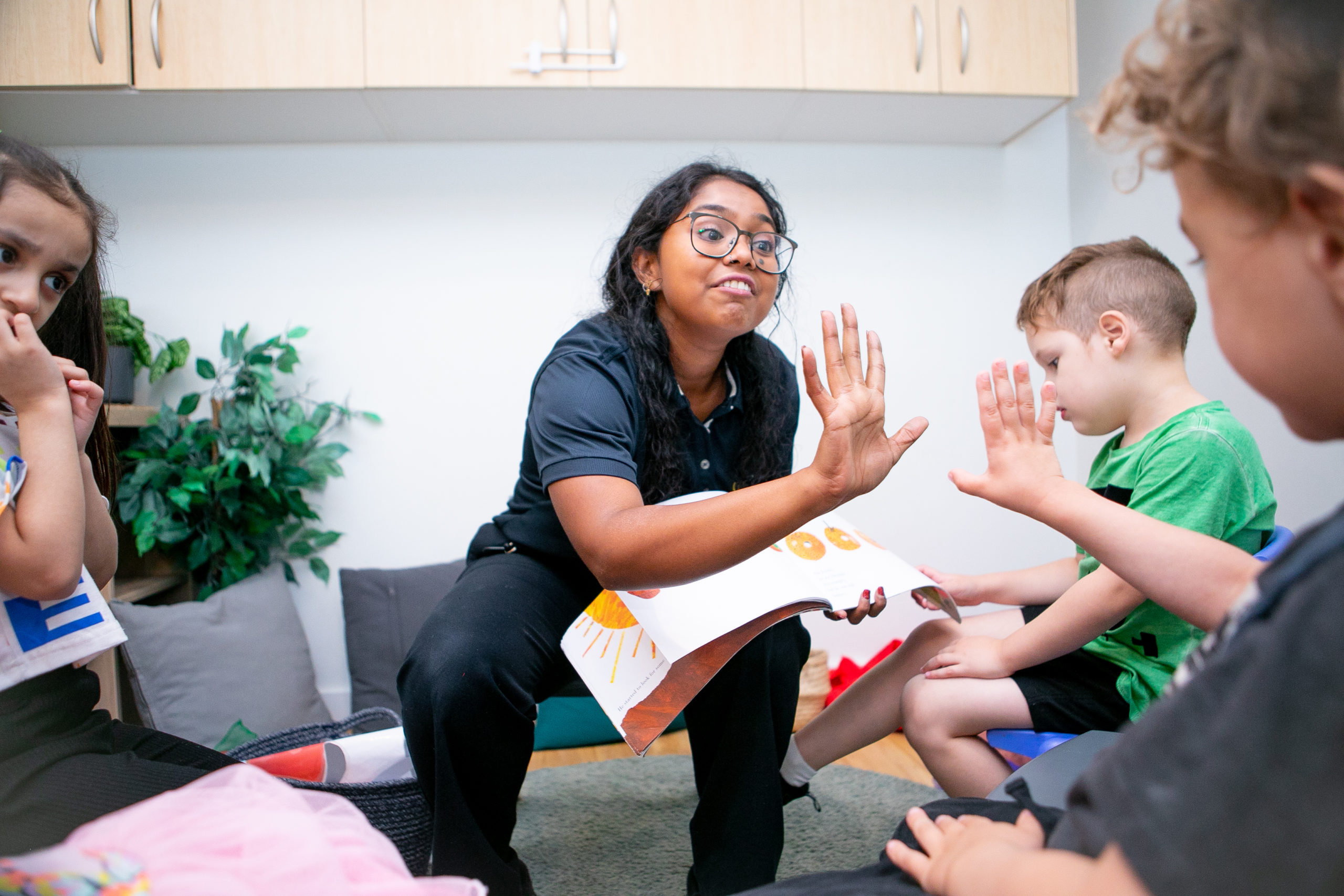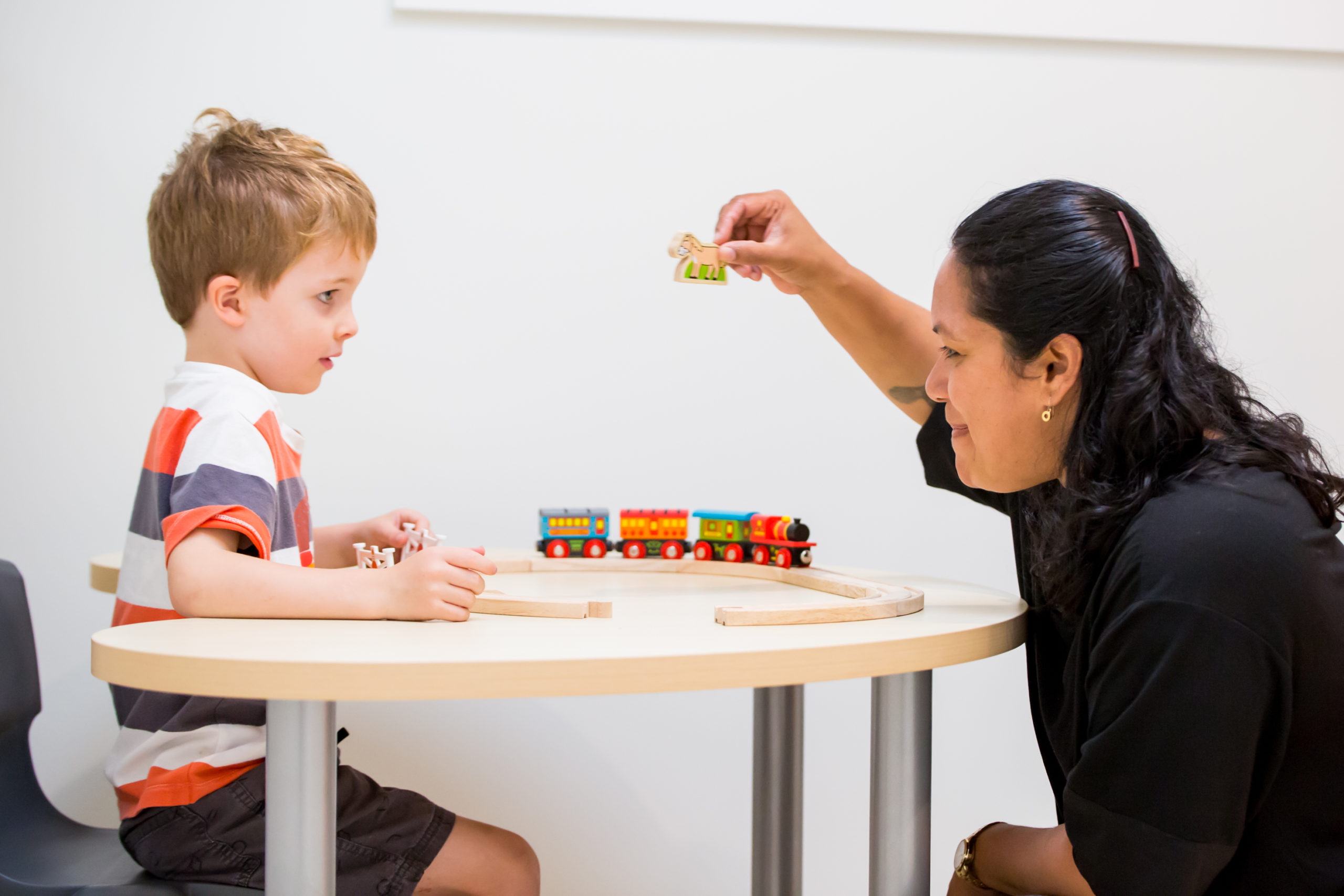Toilet training is a HUGE step for your child. It involves so much more than just weeing on the toilet.
These are just some of the steps your child will need to learn:
- Hold on to wee/poo
- Request to use the toilet
- Be able to pull pants and underwear down and up
- Get on/off the toilet
- Pull off toilet paper, reach and wipe their bottom
These steps involve improvement of skills in many different developmental areas, including gross motor skills, fine motor skills, cognitive skills, and communication skills. Working on too many skills at once can become overwhelming for your child and it can result in progress being slow.
To prepare your child for toilet training you can start working on pre-toileting skills and encourage healthy habits that will support the success of toilet training.
Healthy habits for toilet training:
- Fibre in the diet.
Make sure your child has plenty of fibre in their diet such as wholemeal bread and cereals. This will assist with a healthy bowel.
- Plenty of fluid.
Encourage plenty of fluid throughout the day and spread evenly during the day. This will help the bladder filling and emptying regularly and make sure your child experiences the feeling of a full bladder several times a day. Plenty of fluid also assists with making the poo softer and therefore easier for your child to pass.
- Regular exercise.
Make sure your child has regular exercise as this will help with bowel movements. It will also assist with your child developing the mobility and postural strength for toileting.
Pre-toileting skills:
- Be comfortable in the bathroom.
An important step is for your child to become comfortable in the bathroom. Your child may experience sensory preferences which results in heightened awareness or fear when in the bathroom. They may react to bright light, the different noises in the bathroom (i.e. flushing of the toilet), different temperatures (i.e. cold floor), different surfaces and textures or smells (i.e. soap). Consider how you can make the environment comfortable for your child. You can also consider your child’s interests in making the bathroom an inviting place. This could include placing posters or photos on the wall. You may also want to have toys/books that are just to be used for toileting.
- Develop understanding of wet and dry.
Use opportunities such as washing hands to talk about wet and dry.
- Work on independence skills with dressing and undressing.
- Increase your child’s awareness of how to use the toilet.
If you are comfortable having an open-door policy when going to the toilet, your child can learn from watching you using the toilet.
- Practicing sitting on the toilet with no expectations of doing wee or poo.
NEVER force a child to sit on the toilet. Sitting on the toilet should be a positive experience. The goal is for your child to sit on the toilet without fear or anxiety. It is important to remember that sitting on the toilet is a new routine for your child.
It is a different kind of seat to what he/she has tried before. Start with just once per day at a time that fits into your daily routine and when you have the time (for some this may be bath time). It is important that you have the time so it does not become a stressful experience for either of you. Gradually increase the number of times and length of time sitting on the toilet working towards your child being happy to sit on the toilet for 2 minutes. Make sure to provide plenty of praise for sitting. At this stage your child is still wearing nappies.
Other preparations:
- Decide on words to use for wee and poo.
It is important to keep it consistent in the different environments your child accesses, so make sure to tell your child’s childcare or pre-school the words you are choosing to use at home.
- Organise equipment for access and safety when sitting on the toilet.
Consider whether you want your child to use the toilet or potty. The potty can be useful for some children with physical difficulties and when there are environmental barriers in your house (e.g. only one toilet on other floor of the house). However, using a potty initially will mean an additional transition for your child when moving on to using the toilet. Using a potty will also mean extra cleaning for you. I would recommend using a toilet seat insert for your child to feel safe and supported when on the toilet. Using a toilet step stool will assist your child in getting on and off the toilet independently as well as provide support for your child’s feet whilst sitting on the toilet. Being well supported when sitting and having support under the feet so knees are higher than the hips will help your child “go” when on the toilet.
Look out for the final blog post on toilet training where we will talk about letting go of the nappy.
In the meantime, you may want to have a look at these links:
- https://continencevictoria.org.au/resources/children/
- https://www.autism.org.uk/advice-and-guidance/topics/behaviour/toileting/parents
By: Mette Haulrik, Occupational Therapist and ESDM Therapist
Read about: Teaching your Child Imitation through Song





